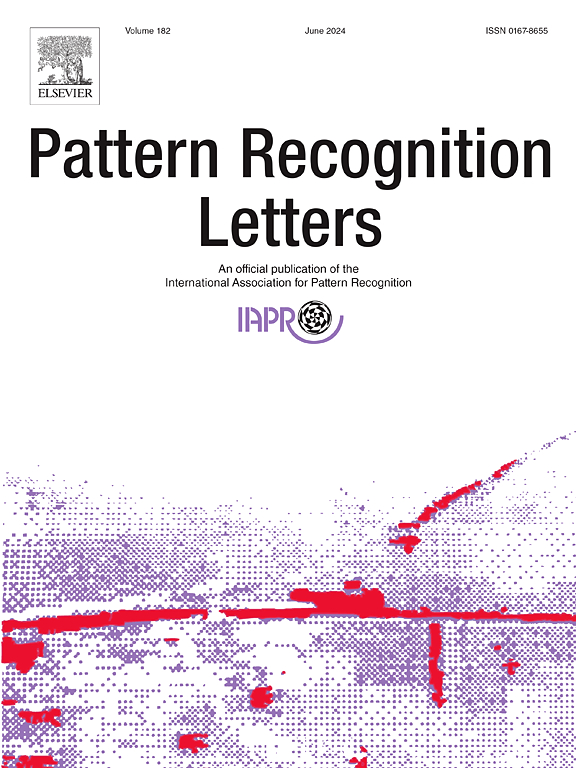EDS: Exploring deeper into semantics for video captioning
IF 3.9
3区 计算机科学
Q2 COMPUTER SCIENCE, ARTIFICIAL INTELLIGENCE
引用次数: 0
Abstract
Efficiently leveraging semantic information is crucial for advancing video captioning in recent years. But, prevailing approaches that involve designing various Part-of-Speech (POS) tags as prior information lack essential linguistic knowledge guidance throughout the training procedure, particularly in the context of POS and initial description generation. Furthermore, the restriction to a single source of semantic information ignores the potential for varied interpretations inherent in each video. To solve these problems, we propose the Exploring Deeper into Semantics (EDS) method for video captioning. EDS comprises three feasible modules that focus on semantic information. Specifically, we propose the Semantic Supervised Generation (SSG) module. It integrates semantic information as a prior, and facilitates enriched interrelations among words for POS supervision. A novel Similarity Semantic Extension (SSE) module is proposed to employ a query-based semantic expansion for collaboratively generating fine-grained content. Additionally, the proposed Input Semantic Enhancement (ISE) module provides a strategy for mitigating the information constraints faced during the initial phase of word generation. The experiments conducted show that, by exploiting semantic information through supervision, extension, and enhancement, EDS not only yields promising results but also underlines the effectiveness. Code will be available at https://github.com/BradenJoson/EDS.
EDS:深入探索视频字幕语义
近年来,有效利用语义信息对推进视频字幕至关重要。但是,目前流行的方法涉及设计各种语音部分(POS)标签作为先验信息,在整个训练过程中缺乏必要的语言知识指导,特别是在 POS 和初始描述生成方面。此外,局限于单一的语义信息源忽略了每段视频固有的不同解释的可能性。为了解决这些问题,我们提出了用于视频字幕的 "深入语义探索"(EDS)方法。EDS 包括三个以语义信息为重点的可行模块。具体来说,我们提出了语义监督生成(SSG)模块。它将语义信息作为先验信息进行整合,并促进词与词之间丰富的相互关系,从而实现 POS 监督。我们还提出了一个新颖的相似性语义扩展(SSE)模块,利用基于查询的语义扩展来协作生成细粒度内容。此外,所提出的输入语义增强(ISE)模块还提供了一种策略,用于减轻单词生成初始阶段所面临的信息限制。实验结果表明,通过监督、扩展和增强来利用语义信息,EDS 不仅能产生可喜的结果,还能凸显其有效性。代码见 https://github.com/BradenJoson/EDS。
本文章由计算机程序翻译,如有差异,请以英文原文为准。
求助全文
约1分钟内获得全文
求助全文
来源期刊

Pattern Recognition Letters
工程技术-计算机:人工智能
CiteScore
12.40
自引率
5.90%
发文量
287
审稿时长
9.1 months
期刊介绍:
Pattern Recognition Letters aims at rapid publication of concise articles of a broad interest in pattern recognition.
Subject areas include all the current fields of interest represented by the Technical Committees of the International Association of Pattern Recognition, and other developing themes involving learning and recognition.
 求助内容:
求助内容: 应助结果提醒方式:
应助结果提醒方式:


